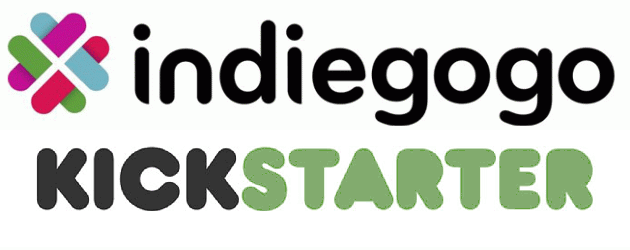 You have all seen them. You may have backed a crowdfunding project because of them. But the question remains, are they good for your business? Kickstarter has finally written a blog post on the topic and it pretty much meshes with how I have always thought of them.
You have all seen them. You may have backed a crowdfunding project because of them. But the question remains, are they good for your business? Kickstarter has finally written a blog post on the topic and it pretty much meshes with how I have always thought of them.
For a typical stretch goal a creator will promise to release their game in additional formats or add extra functions if certain funding goals are hit. But expanding a project’s scope can change the creative vision and put the whole project at risk. We’ve seen stretch goals leave some projects overwhelmed, over-budget, and behind schedule.
Many Kickstarter projects end up significantly overfunded, and creators often use those funds to improve the project’s end product. More funding might mean higher-quality materials and other improvements that thank backers with a better-made thing. For other creators overfunding means the project turns a profit. Both are great outcomes. Stretch goals, on the other hand, trade long-term risk for a short-term gain. Tread carefully.
This is pretty much how I have always looked at stretch goals. While they may seem like a good way to spend that extra money or attract additional backers, if you do not plan them out correctly, they can be a bad thing for your project. I would personally like to see that extra money just go toward general polish on the game rather than extra features that may or may not work out or that may or may not ever get completed.
Leave a Comment